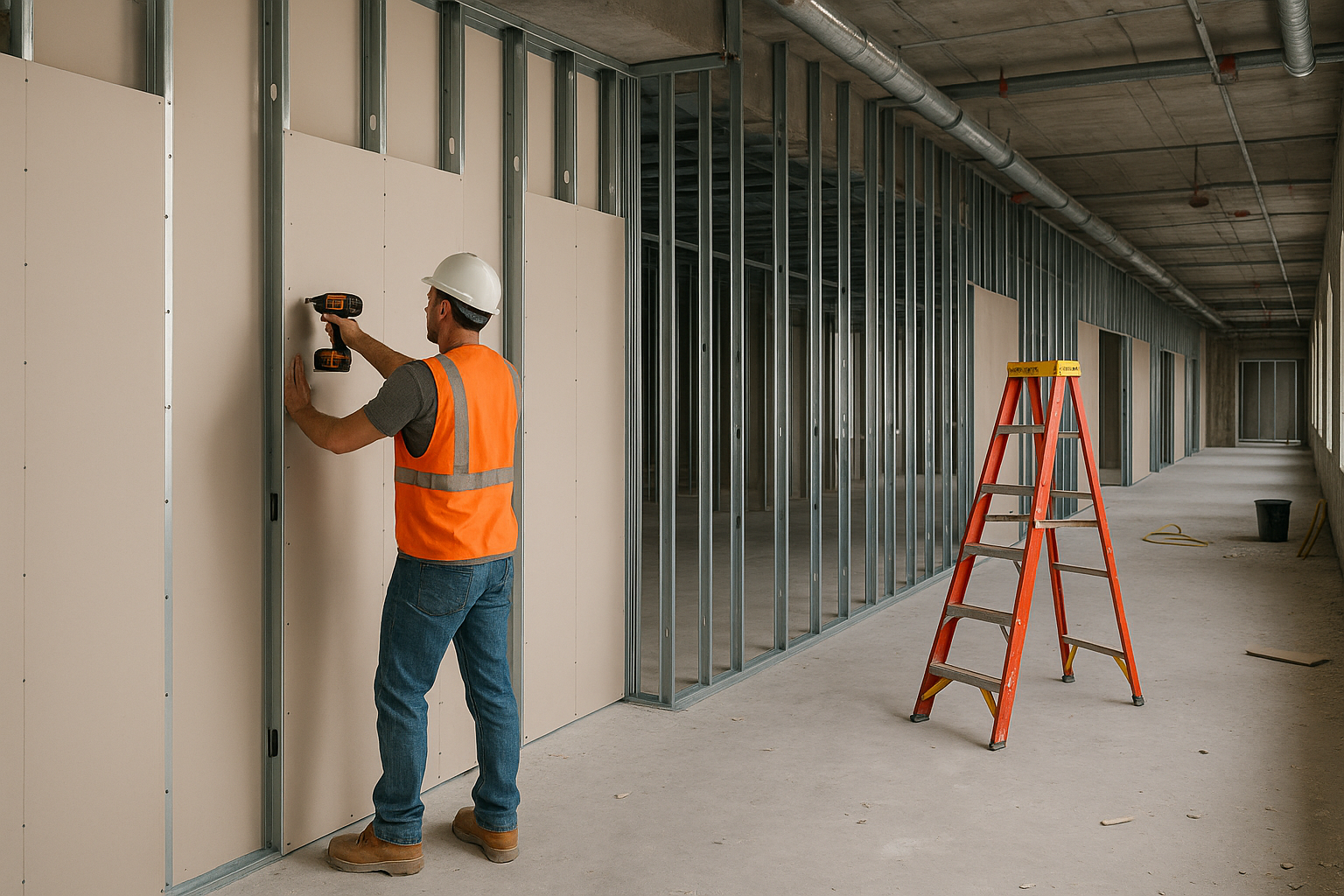
Labor shortages are now a consistent reality across many regions in the construction industry, and drywall trades are no exception. For architects, engineers, and general contractors, pricing drywall work in a tight labor market means going beyond the traditional materials and square footage models. Labor availability is a moving target, and failure to account for it during estimating can lead to project delays, unexpected premiums, and strained subcontractor relationships. To stay competitive and deliver accurate bids, teams must embed labor risk directly into their drywall pricing strategy.
When skilled drywall crews are in short supply, several cost drivers begin to shift:
Drywall pricing that fails to reflect labor market dynamics risks two major pitfalls: underbidding the job or overcommitting to a schedule. Both damage credibility and margins. Accurately capturing labor volatility ensures your bid remains feasible, even if market conditions shift between estimate and mobilization.
To strengthen drywall pricing in labor-constrained environments, consider embedding these strategies into your estimating process:
Traditional estimating methods don’t dynamically reflect market pressures, but platforms like Active Estimating offer enhanced labor analytics that bridge this gap. Estimators can input project-specific labor trends, access historical crew performance, and track install rates tied to actual productivity data. This enables estimates that are responsive to the realities of field execution, not just theoretical numbers.
Smart drywall estimating software platforms allow for layered modeling that links material assemblies with labor assumptions. Users can test “what-if” scenarios for different wage rates, labor availability zones, and productivity changes over time. These tools offer version control, so changes to assumptions are transparent and can be traced to shifting market conditions.
In a constrained labor environment, pricing drywall work requires more than just precise takeoffs—it demands a proactive understanding of workforce conditions and risk mitigation. By integrating labor availability data and dynamic assumptions into your estimates using tools like Active Estimating, you can deliver bids that are both competitive and achievable, protecting your margins and your reputation alike.
Schedule a personalized demo to see how Active Estimating can work for your specific needs.
